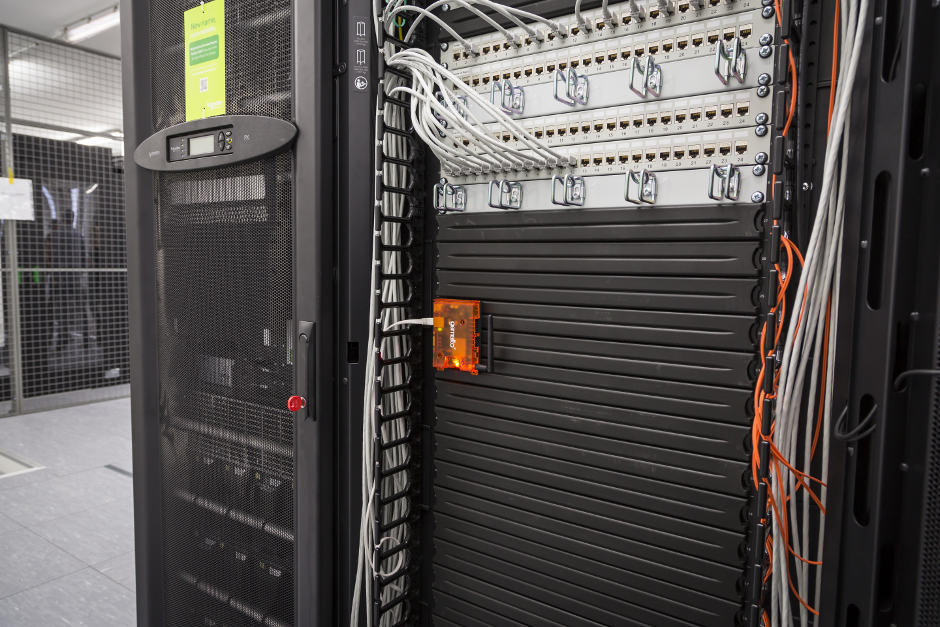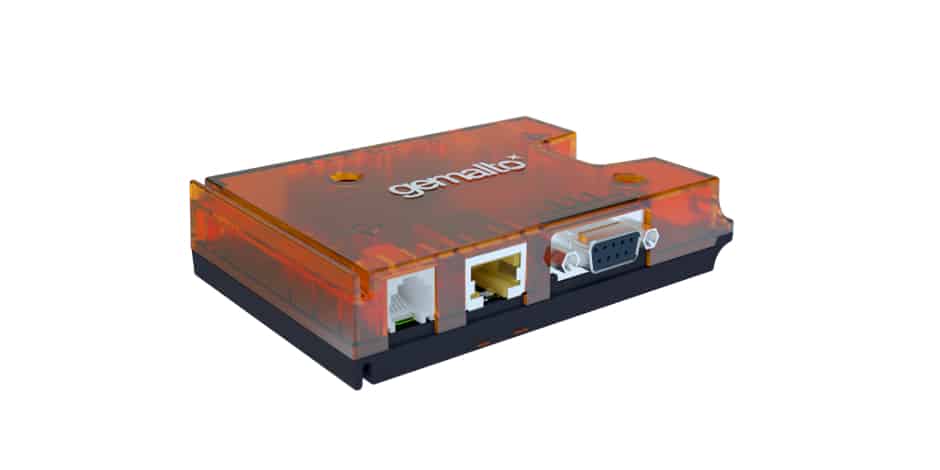 The adoption of Internet of Things (IoT) technologies can bring an abundance of advantages to manufacturing enterprises as long as challenges related to security and data privacy are addressed, says Manfred Kube, Head of IoT Products and Enterprise IoT Marketing Communications, Gemalto
The adoption of Internet of Things (IoT) technologies can bring an abundance of advantages to manufacturing enterprises as long as challenges related to security and data privacy are addressed, says Manfred Kube, Head of IoT Products and Enterprise IoT Marketing Communications, Gemalto
The manufacturing sector is being fundamentally reshaped by the unstoppable progress of the 4th Industrial Revolution (or Industry 4.0), driven by the development and adoption of Internet of Things (IoT) technologies.
Just as the invention of the steam engine resulted in massive changes in the early 17th Century and the advent of the Internet rocked the world in the second half of the 20th century, today's technological innovations are forcing decision makers to reimagine how products are designed and produced.
IoT technologies have the potential to improve ROI and drive business productivity across sectors, streamlining processes and ironing out inefficiencies in quality control, asset tracking and management. In manufacturing, IoT applications can monitor and control machines and equipment in real time to optimise plant performance and enable predictive maintenance.
Previous industry research has estimated that the manufacturing sector will nearly triple by 2025, driven by IoT-enabled smart manufacturing which is projected to reach more than $395bn, up from $172bn in 2016. This is why the world's largest manufacturing countries, China, the US and Europe, have launched dedicated initiatives to bolster their own manufacturing sector.
However, making the most of this opportunity requires overcoming a number of challenges related to security and data privacy. So, what are the key considerations that manufacturers should keep in mind when going through this transformation? Let’s find out…
Facing the security challenges
The manufacturing sector is amongst the leading victims of infrastructure cybercrime, accounting for one-third of all attacks. In the UK in particular, a recent anonymous survey of manufacturers suggested that almost half have fallen victims to hackers. As a result, these cyberattacks have caused financial loss or a disruption to the business, not to speak of reputational damage.
Most industrial facilities in traditional factories were not designed and developed with cybersecurity in mind. Coupled with the fact that hackers are becoming incredibly sophisticated in the tactics they use, this could open a can of worms when it comes to protecting new IoT infrastructures.

As manufacturers migrate from traditional factories to IoT-connected ones, new vulnerabilities emerge. For example, each point of connection increases the attack surface and could be exposed, leading to interference, unauthorised remote access, theft of IP and data loss. Due to such vulnerabilities, Cadbury’s chocolate factory in Hobart, Australia, stopped production after becoming a victim of the Petya ransomware attack, causing major disruption across the business.
Another challenge is that although many tried-and-tested security tools remain effective, they are not always planned into the design of IT systems from the beginning, which is key for securing the critical infrastructure. To prevent interference from hackers, manufacturers need to consider cybersecurity from the very beginning of their digital transformation journey. Building in defensive measures by design within connected systems is a key step to securing smart factories.
Key considerations for IoT technology
Collaboration is a key success factor in the implementation of IoT technology. Partnerships with trusted manufacturing automation vendors and system integrators could help with not only addressing a major value concern for manufacturers, but could also provide them with a competitive advantage in the marketplace.
It’s key that manufacturers choose experienced integrators and developers as partners, who already have proven expertise and longevity in connecting, securing and monetising smart manufacturing systems, as they can provide the direction needed to develop the best system to meet business needs. For example, manufacturing processes can be connected via various connectivity technologies, including short range radio or WiFi, but also cellular based machine type communication including LPWAN technologies like NB-IoT or LTE-M, each of which has different strengths, so the right partner can advise on which is the best network technology depending on your needs. Adding connectivity can be as easy as plug-and-play, e.g. by deploying pre-certified IoT Terminals, offering standard industrial interfaces.

Especially wireless technologies transmitting in unlicensed frequency bands often lack an innate authentication mechanism to ensure that devices and applications are legitimate. So, manufacturers should consider using proven mobile connectivity instead, as it comes with built-in authentication and encryption associated with SIM cards which smart manufacturers can benefit from. In addition to this, trusted digital ID solutions can add extra authentication measures and allow manufacturers to authenticate connected devices in a more reliable way to ensure they are authorised to add and receive data. Furthermore, mobile connectivity enables massive IoT capabilities which can easily handle millions of devices.
In conclusion
Security challenges have slowed the pace of adoption of new IoT technologies that could significantly improve processes, enhance competitiveness and bring new services to customers. But manufacturers that don’t keep pace risk falling behind their counterparts. To keep up they need to embed security measures into the design of all manufacturing systems from the very beginning, enabling failsafe production and protection against cyber threats. Secure data transmission, device updates over the lifecycle and trusted ways to verify assets & data will be crucial for success.
IoT security is not a one-size-fits-all approach. Instead, manufacturers need to identify the right approach and level of security protection that suits their business and technology needs. One of the most effective ways to achieve this is by working with the right technology partners that can advise them on the best strategies for protecting the device, the network, the data at rest and in motion as well as the software solutions and applications driving IoT smart manufacturing systems. For the IoT system to thrive, it’s crucial that manufacturers build an ecosystem of trust in the technology that underpins smart factories.
Manfred Kube, Head of IoT Products and Enterprise IoT Marketing Communications, Gemalto




Glasgow trial explores AR cues for autonomous road safety
They've ploughed into a few vulnerable road users in the past. Making that less likely will make it spectacularly easy to stop the traffic for...